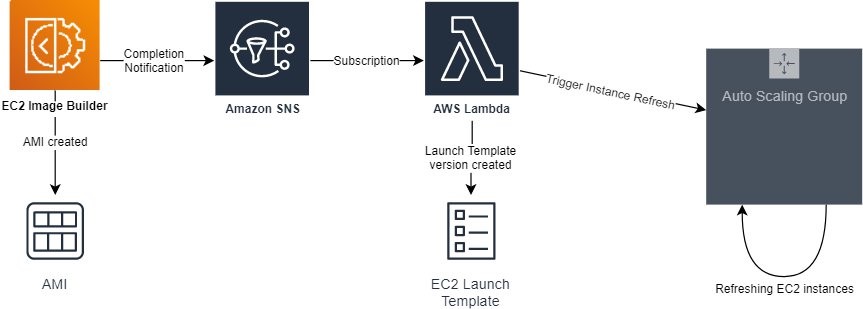AWS Compute Blog
Adding voice to a CircuitPython project using Amazon Polly
An Adafruit PyPortal displaying a quote while synthesizing and playing speech using Amazon Polly. As a natural means of communication, voice is a powerful way to humanize an experience. What if you could make anything talk? This guide walks through how to leverage the cloud to add voice to an off-the-shelf microcontroller. Use it to […]
Low-latency computing with AWS Local Zones – Part 1
This post was contributed by: Pranav Chachra, Rob Chen, Alan Goodman AWS launched a Local Zone in Los Angeles (LA), California, in late 2019 at re:Invent. Since the launch, we have seen a lot of interest from you, and have worked to bring additional features and services based on your feedback. In this blog series, […]
ICYMI: Serverless-First Function
On May 21 and May 28, AWS hosted the first-ever serverless-focused virtual event, the AWS Serverless-First Function. These two free virtual events covered important aspects of a successful serverless approach: Serverless for your Organization and Serverless for your Application. Serverless for your Organization, on May 21, focused on real-world tactics for transforming your organization to […]
Implementing geohashing at scale in serverless web applications
This blog post explores how you can solve geolocation queries using geohashing. I discuss how you should decide on the resolution of a geohash for your specific workload.
Building well-architected serverless applications: Approaching application lifecycle management – part 3
This series of blog posts uses the AWS Well-Architected Tool with the Serverless Lens to help customers build and operate applications using best practices. In each post, I address the nine serverless-specific questions identified by the Serverless Lens along with the recommended best practices. See the Introduction post for a table of contents and explanation […]
Using Amazon EFS for AWS Lambda in your serverless applications
Serverless applications are event-driven, using ephemeral compute functions to integrate services and transform data. While AWS Lambda includes a 512-MB temporary file system for your code, this is an ephemeral scratch resource not intended for durable storage. Amazon EFS is a fully managed, elastic, shared file system designed to be consumed by other AWS services, […]
Creating serverless applications with the AWS Cloud Development Kit
This post is contributed by Daniele Stroppa, Sr. Solutions Architect In October 2019, AWS released an improvement to the getting started experience in the AWS Lambda console. This enables you to create applications that follow common best practices, using infrastructure as code (IaC). It also provides a continuous integration and continuous deployment (CI/CD) pipeline for […]
Building well-architected serverless applications: Approaching application lifecycle management – part 2
This series of blog posts uses the AWS Well-Architected Tool with the Serverless Lens to help customers build and operate applications using best practices. In each post, I address the nine serverless-specific questions identified by the Serverless Lens along with the recommended best practices. See the Introduction post for a table of contents and explanation of the example application. Question OPS2: […]
Upgrading to Amazon EventBridge from Amazon CloudWatch Events
EventBridge is the evolution of the CloudWatch Events service. It brings new features, including the ability to integrate data from popular SaaS providers as events within AWS.
Introducing Instance Refresh for EC2 Auto Scaling
This post is contributed to by: Ran Sheinberg – Principal EC2 Spot SA, and Isaac Vallhonrat – Sr. EC2 Spot Specialist SA Today, we are launching Instance Refresh. This is a new feature in EC2 Auto Scaling that enables automatic deployments of instances in Auto Scaling Groups (ASGs), in order to release new application versions or make […]







